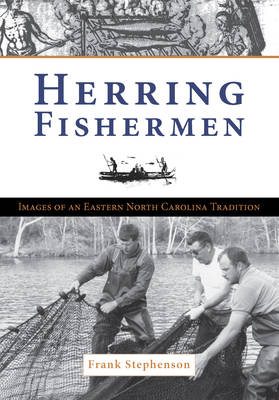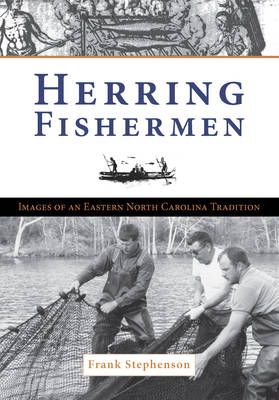
- Retrait gratuit dans votre magasin Club
- 7.000.000 titres dans notre catalogue
- Payer en toute sécurité
- Toujours un magasin près de chez vous
- Retrait gratuit dans votre magasin Club
- 7.000.0000 titres dans notre catalogue
- Payer en toute sécurité
- Toujours un magasin près de chez vous
30,95 €
+ 61 points
Description
With their dip nets, pound nets, haul seines and juniper boats, residents of Eastern North Carolina waited for the river herring to come home in March, April and May to where they had been spawned. They waited for the muddy rivers, creeks, branches and small streams to flash with a white and silver. In the past, millions of herring would swim up Eastern North Carolina's rivers and creeks from the Atlantic Ocean to spawn each spring. Herring fishermen at dozens of fisheries throughout the region pulled nets teeming with herring from the waters, and their catches provided food for residents and a product that was shipped nationwide and as far away as Europe. Recent decades have seen a dramatic drop in the returning herring population, due in large part to the effects of pollution and excessive trawling by foreign fleets. In an effort to save the fish, a statewide ban on river herring fishing was recently instituted. What was once a thriving industry is now on the brink of extinction, and a colorful chapter in North Carolina's history could be coming to a close. As a boy, Frank Stephenson fished for herring with his father and fondly recalls helping catch, clean and salt the silvery fish. With this collection of striking photographs that span half a century of herring fisheries in Eastern North Carolina, Stephenson tells the captivating story of an industry and helps to preserve a way of life and culture for generations to come.
Spécifications
Parties prenantes
- Auteur(s) :
- Editeur:
Contenu
- Nombre de pages :
- 160
- Langue:
- Anglais
- Collection :
Caractéristiques
- EAN:
- 9781596292697
- Date de parution :
- 31-05-07
- Format:
- Livre broché
- Format numérique:
- Trade paperback (VS)
- Dimensions :
- 174 mm x 245 mm
- Poids :
- 399 g

Les avis
Nous publions uniquement les avis qui respectent les conditions requises. Consultez nos conditions pour les avis.






